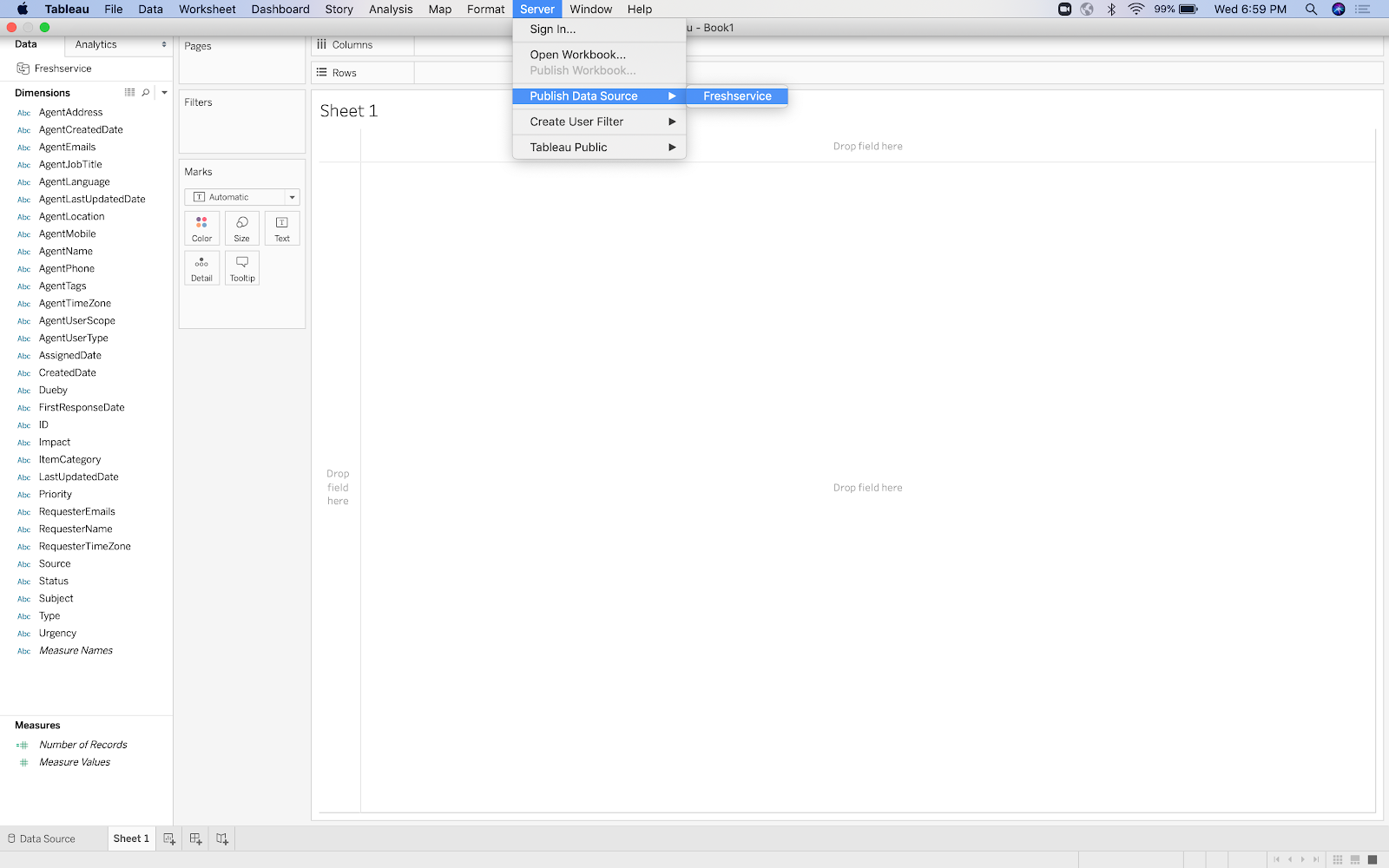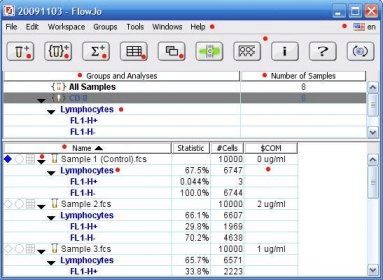

#> titled "The cytoframe and cytoset classes" in the package vignette: #> As part of improvements to flowWorkspace, some behavior of Thanks for your continued support !!! library(flowWorkspace) Could you point me please to some more in-depth information on this issue, too? It would be great if you could help me understand what is going wrong.įrom #122 I understand that the file name of the FCS file can be modified. Unfortunately, the FCS in FlowJo is not the updated one. I can export FCS files using wirte.FCS (and when loading into FlowJo they contain the added information)Īnd I can export gating sets to a FlowJo wsp file that can be read in FlowJo. This also makes the analysis very easy to share with collaborators or for publication of the work completed.I am trying to modify an FCS file and work with the changed files in FlowJO. This means you can open the GeqZip by unzipping it and investigate the contents as desired.
#EXPORTING DATA FLOWJO 10 ZIP FILE#
However, this ZIP file also contains all of the artifacts generated during the course of an analysis, including Geneset Libraries, the raw data file itself, and XML copy of the workspace, any images added to the layout editor, and much more: Saving a SeqGeq workspace creates a GeqZip file folder, which can be loaded into SeqGeq in order to load the saved workspace. This is frequently done automatically by plugins in SeqGeq which utilize R packages.

Note: PNG and JPG figures from 3rd party applications can also be added directly to SeqGeq’s Layouts by dragging and dropping. To create an overlay, simply drag populations of interest on top of one another within a Layout: Try creating an overlay of K-Means clusters within the Layout editor on tSNE parameters. Other figure formatting options can be found in the Object tab of the Layout Editor: This will create a figure illustrating the last set of parameters viewed for that population in the Graph Window.Īdjustments to these figures can be accomplished by double-clicking on them to bring up the Graph Definition window, where a variety of different settings are available: To add figures to the layout simply open the Layout Editor, then drag and drop a population of interest from the Workspace directly into the Layout. The layout’s figures also enhance some of the analyses possible from the platform. Copy / Paste from the Geneset Inspector (CTRL or Command + c/v): Export option within the Genes tab:įigures can be exported from SeqGeq via the Layout Editor.There are a number of options for exporting Genesets from SeqGeq: To export these statistics for the workspace, click on the SeqGeq icon, and select the XLS option within the Export Workspace dialog there: Genesets Statistics can be generated within the SeqGeq workspace by selecting a population of interest and choosing “Add Statistics”: Try running the AutoGateCategorical plugin (see Chapter 8 – “Clustering” for guidance there) on the “SampleID” parameter do distinguish between samples there. Note: The 6K_PBMC.csv file is actually a concatenation of 5 samples of different sizes. This dialog also allows for the selection of parameters to include in the export, the format of the export, and the export location.Ĭombining sub-populations, or samples will result in the creation of a SampleID categorical parameter which distinguishes between samples combined by integer values corresponding to the order of samples combines. Within the resulting dialog users can select between exporting individual populations, or combining (aka “Concatenating”) subpopulations together. To export populations select the population nodes of interest, right clicking on one of those populations, and selecting “Export/Concatenate”: Nearly all of the information derived from SeqGeq can be exported for publication or further downstream analysis.


 0 kommentar(er)
0 kommentar(er)
